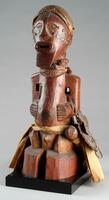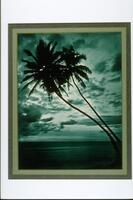30 UMMA Objects
30 UMMA Objects
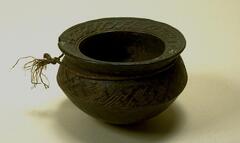
Kuba (Kuba (Democratic Republic of Congo style))
Bowl
1885 – 1895
Museum Purchase made possible by the Friends of the Museum of Art
1985/1.161
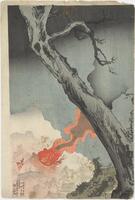
Utagawa Kunisada II (Japanese (culture or style))
Sino-Japanese War Scene (Oban Triptych)
1890 – 1900
Gift of Sharlynn and Andrew Circo, in memory of Sotokichi Katsuizumi
2015/2.159.2
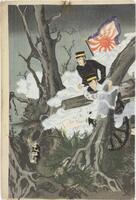
Utagawa Kunisada II (Japanese (culture or style))
Sino-Japanese War Scene (Oban Triptych)
1890 – 1900
Gift of Sharlynn and Andrew Circo, in memory of Sotokichi Katsuizumi
2015/2.159.4
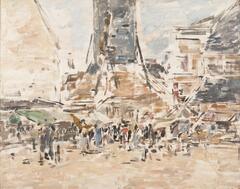
Eugène Boudin (French (culture or style))
St. Catherine's Market at Honfleur
1885 – 1895
Gift of Gilbert M. Frimet
1986/2.79
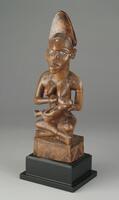
Yombe (Yombe (culture or style))
Mother and child figure
1885 – 1895
Gift of Candis and Helmut Stern
2005/1.187
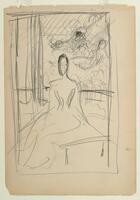
John Singer Sargent
Study for Portrait of Mrs. Hamilton McKnout Twinbly
1885 – 1895
Gift of Gilbert M. Frimet
2002/2.216
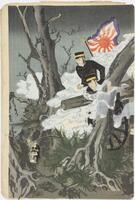
Utagawa Kunisada II (Japanese (culture or style))
Sino-Japanese War Scene (Oban Triptych)
1890 – 1900
Gift of Sharlynn and Andrew Circo, in memory of Sotokichi Katsuizumi
2015/2.159.3
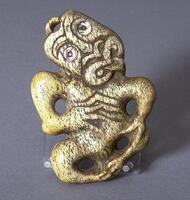
Maori;Polynesian (Maori (culture or style))
Hei Tiki pendant
1885 – 1895
Museum purchase made possible by the Margaret Watson Parker Art Collection Fund
1986/2.101
Loading…

